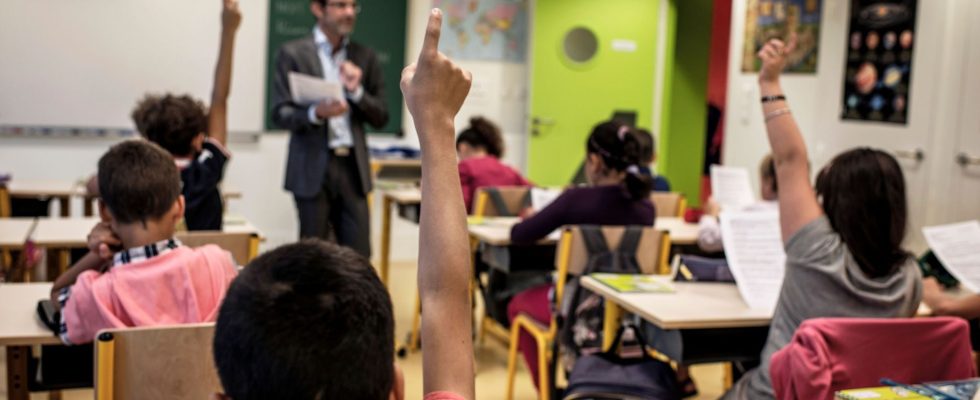There is there note… and THE notes. At the end of last week, the Standard & Poor’s rating agency, which assesses the quality of government debt, decided not to lower France’s rating. Tuesday, December 5, the OECD, which made public its report on the state of health of education systems in the world, issued a serious warning to France. Unsurprisingly, the results of the latest Pisa survey are poor. Very mediocre, even. If France remains in the soft underbelly of the world class, the performance of French students has further declined compared to the previous survey, dating from 2018. And this in all subjects, but more particularly in mathematics.
At first glance, there is no connection between these two events. And yet, as is often the case, it’s all a matter of public money. In France, education remains the largest source of public expenditure. In 2022 alone, the nation has spent nearly 78 billion euros on educating its children. An amount to be compared to the 52 billion absorbed by defense, the 21 billion spent on employment policy or the 11 billion for the functioning of justice. Between 1985 – when the objective of bringing 80% of an age group to baccalaureate level was set by the Minister of Education Jean-Pierre Chevènement – and 2022, the rate of baccalaureate holders has almost tripled . At the same time, average public spending per student increased from 5,200 euros to 9,860 euros, erasing the effect of inflation. A jump of 90%!
From the outset, an “all that for that” comes to mind, while the strategies of avoiding the less popular establishments and the flight towards private education have gradually been established as a national sport.
If it is not the money that is lacking, it is the way it is spent that is the problem. At the heart of the French problem, once again, the lack of effectiveness of public spending. In terms of education, this inefficiency is obvious. To evaluate it, experts from the Molinari Institute did methodical work by putting the results of international surveys into perspective with public spending statistics from around thirty countries. The results are edifying: in terms of overall effectiveness of its education system – primary, secondary and higher – France ranks in 22nd position, very far behind the leading trio, made up of Ireland, Estonia and From the Netherlands.
While France spends on average more than its European neighbors, the Republic’s schools fail to improve the skills of primary and secondary school students or reduce inequalities between them. In higher education, the race for diplomas and the overqualification of part of the youth go hand in hand with a youth unemployment rate (8.2%) which still remains higher today than the European average (6.5 %). Ultimately, French inefficiency in education and training would cost the community 16 billion euros per year. “Identifying areas where it is possible to make savings while increasing the quality of services is a collective challenge. The inadequacy of our education system for employment costs around 0.6% each year. of GDP”, underlines economist Pierre Bentata, co-author of the study and lecturer at the University of Aix-Marseille.
Ultimately, it is the country’s capacity for innovation, its ability to remain in global competition, its ability to integrate the weakest that is declining. A French dropout that the waltz of Education Ministers has never stopped. For that alone, Standard & Poor’s could have sanctioned France…
